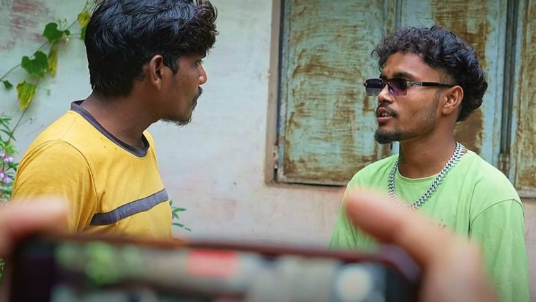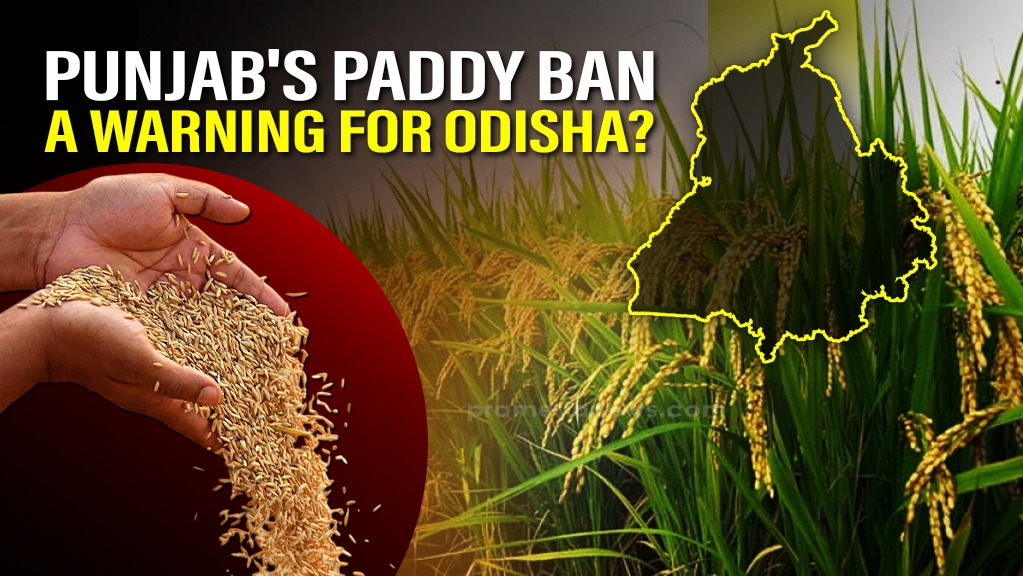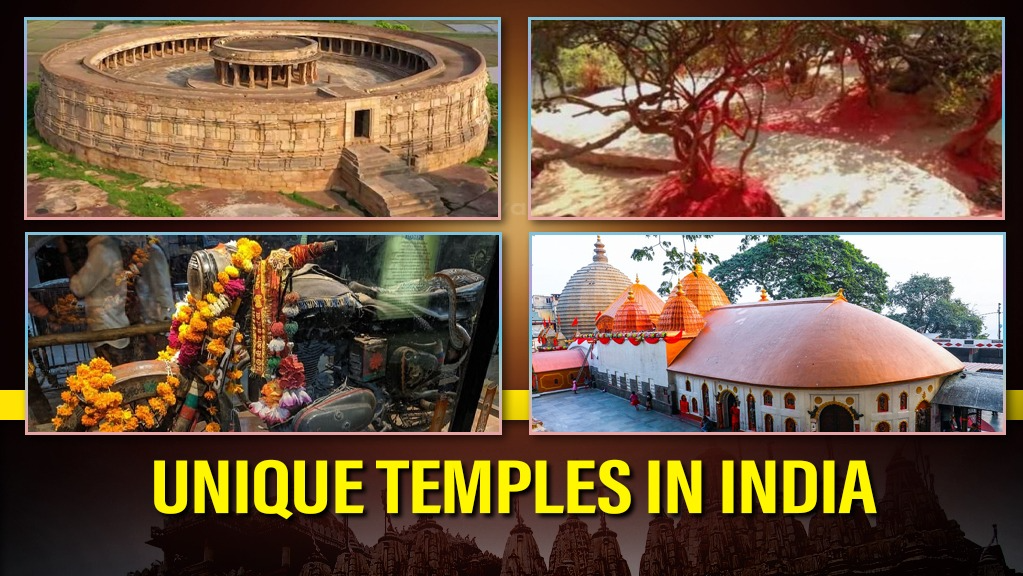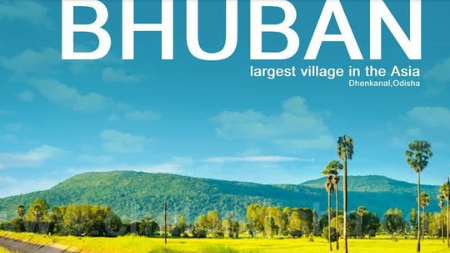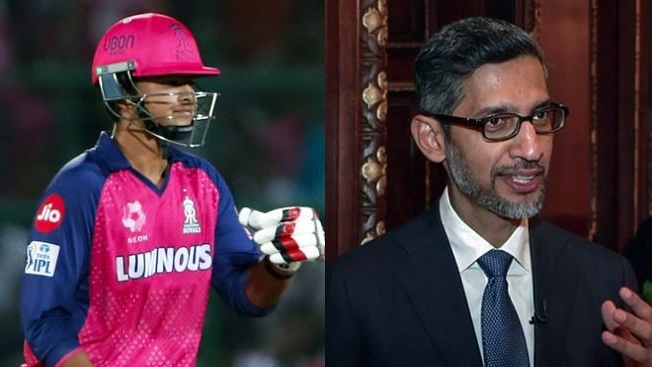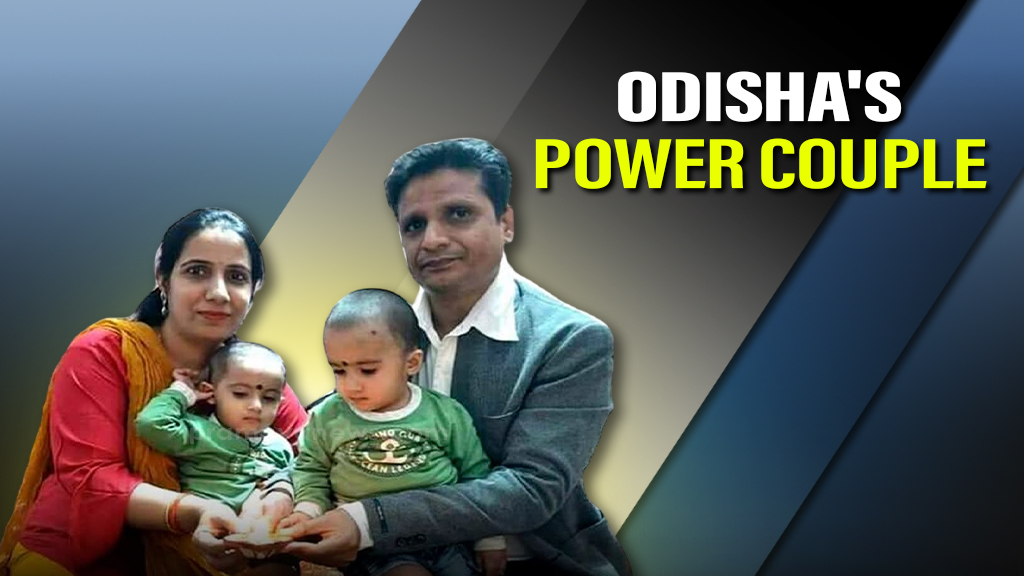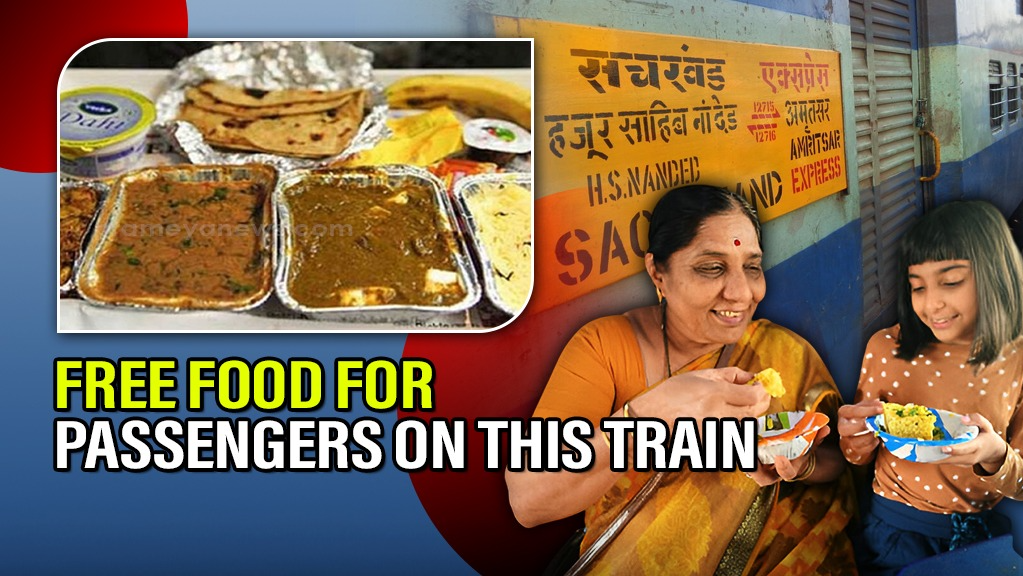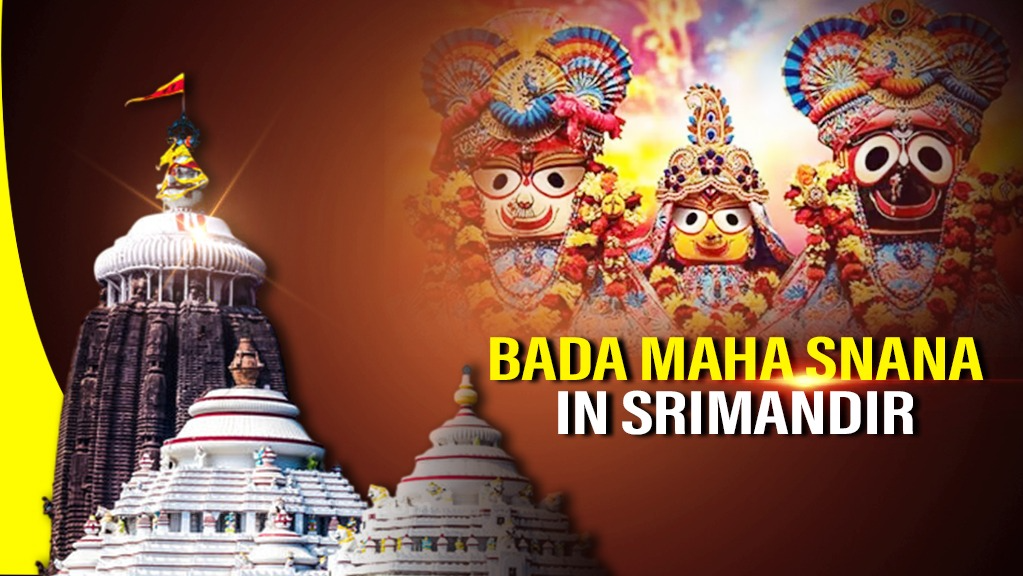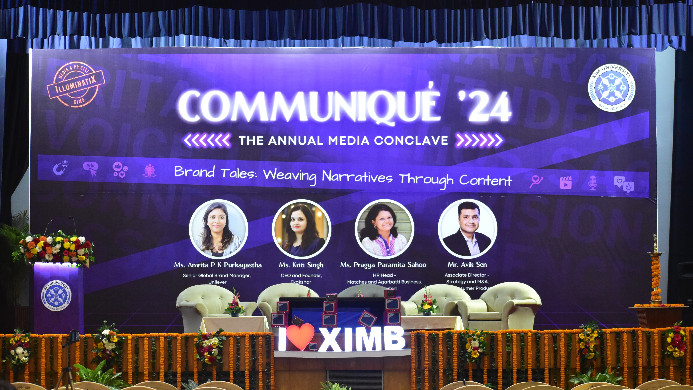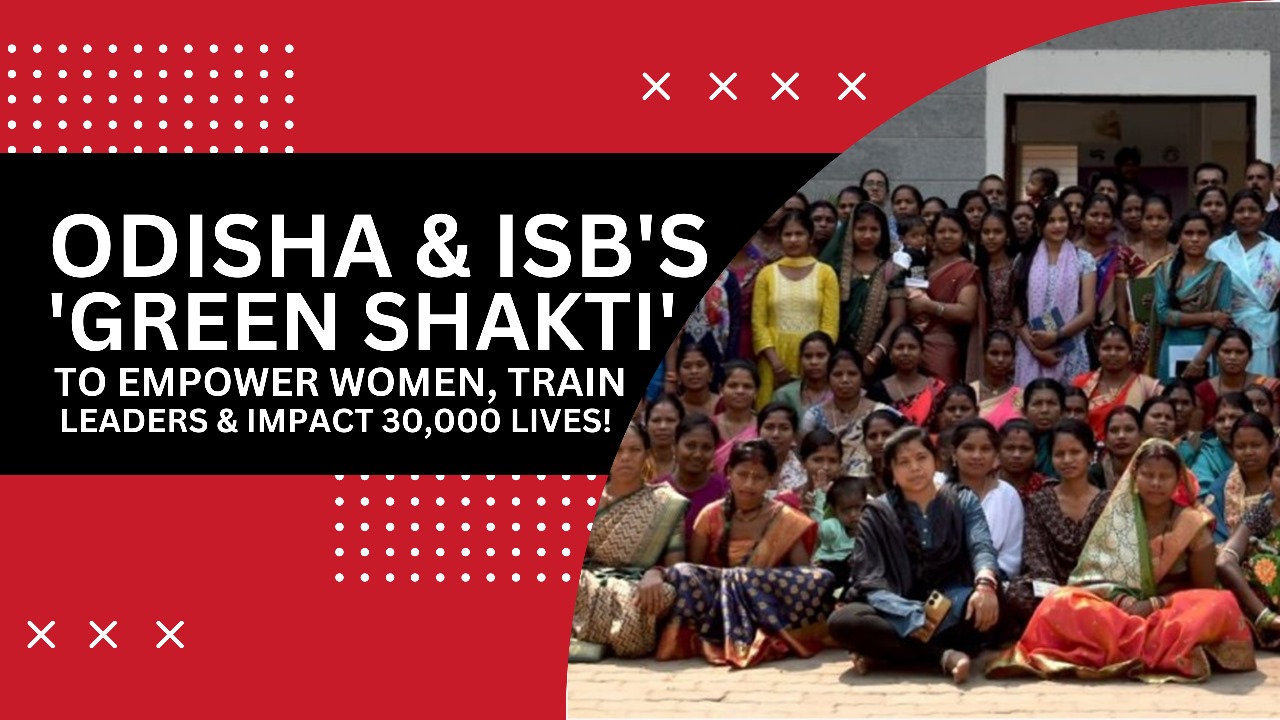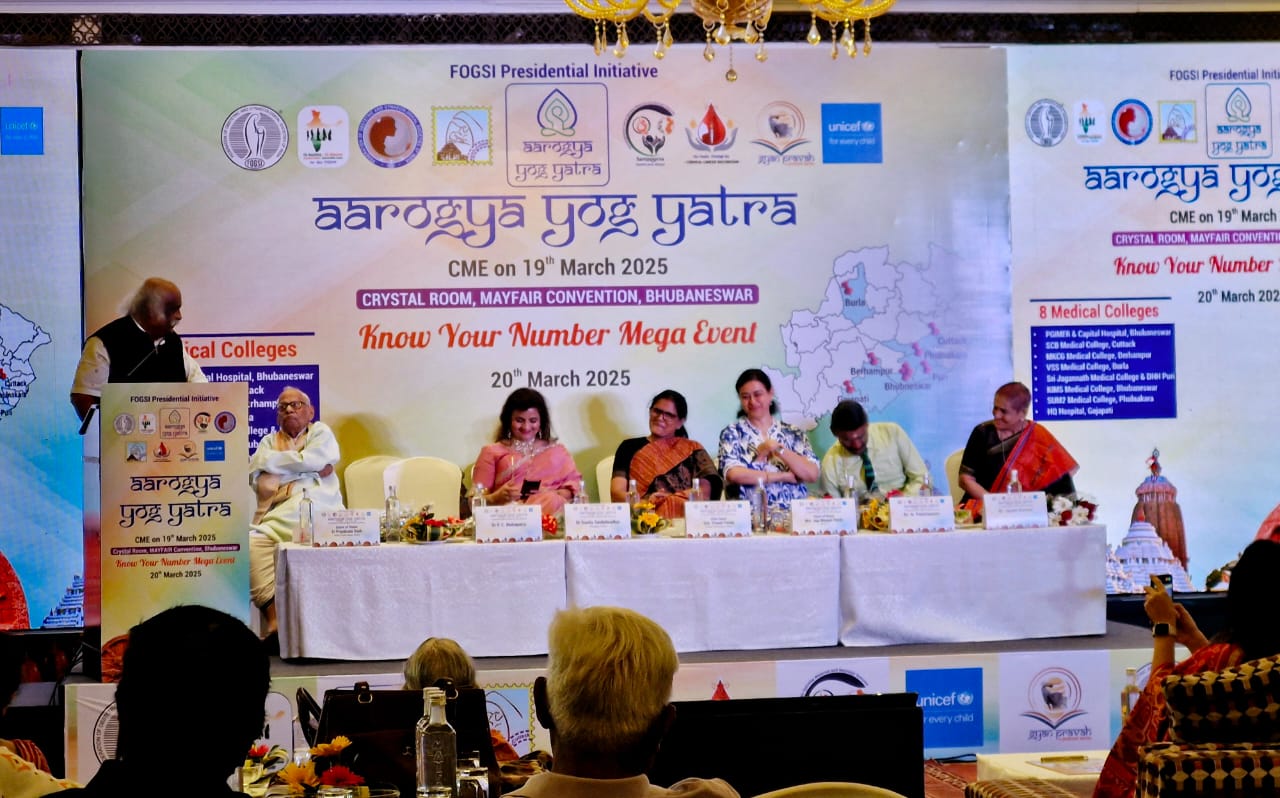Raipur: In the heart of Chhattisgarh lies Tulsi, a village that has silently revolutionized rural India's participation in the digital economy. With over 1,000 YouTubers among its residents, this unassuming hamlet has earned the nickname "India's YouTube Capital" – a remarkable transformation that began with just two dreamers and a camera.
The digital revolution in Tulsi was sparked in 2016 by unlikely pioneers: Jai Verma, a local school teacher, and Gyanendra Shukla, a former network engineer. Armed with nothing but curiosity and determination, they launched "Being Chhattisgarhiya," a YouTube channel celebrating local culture and traditions.
"The beginning was far from glamorous," recalls Verma. "Our first videos barely got any views. We faced copyright strikes and struggled with basic editing. But something told us to keep going."
Their persistence paid off when the channel gained traction in 2018, generating enough revenue to raise eyebrows across the village. What followed was unprecedented – a domino effect that transformed Tulsi's economic and social landscape.
Today, approximately one in four village residents participates in content creation. From homemakers to farmers, people across generations have embraced digital storytelling, producing everything from comedy skits and cultural showcases to festival celebrations and daily life vlogs.
The village now hosts more than 40 active YouTube channels, with top performers like "36 Garhiya" boasting over 275,000 subscribers, while the pioneering "Being Chhattisgarhiya" maintains a loyal following of 127,000 subscribers.
What makes Tulsi's story particularly remarkable is its collaborative approach to content creation. Rather than competing individually, villagers have established community studios where local talent converges – writers, actors, camera operators, and editors all working together to produce professional-quality content.
"We've created our own mini-Hollywood," explains Shukla. "Someone writes a script, others act in it, someone else edits, and the whole village celebrates when a video performs well. It's truly a collective achievement."
The financial impact has been significant. Many creators earn between ₹20,000 and ₹40,000 monthly from advertising revenue – substantial income in a rural setting. Beyond monetary benefits, the movement has preserved local traditions and dialect by showcasing them to global audiences.
Local government officials have taken notice of Tulsi's transformation. "What these villagers have accomplished demonstrates that digital entrepreneurship isn't limited to urban centers," notes a district official. "They've created a sustainable model that other villages could emulate."
The success has also stemmed the tide of urban migration common in rural areas. Young people who might have left for cities now see opportunities at home, using their digital skills to generate income while remaining connected to their roots.
As internet penetration continues to expand across India, Tulsi stands as a powerful example of how digital platforms can empower rural communities. The village has proven that meaningful participation in the creator economy doesn't require big-city addresses or fancy equipment – just creativity, community support, and consistent effort.
In Tulsi's story lies a blueprint for rural India's digital future – one where the distance between villages and global audiences grows increasingly smaller, one upload at a time.








